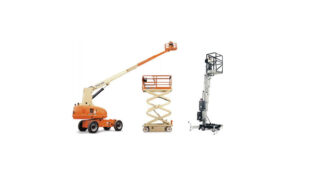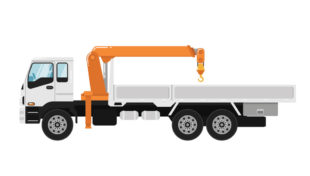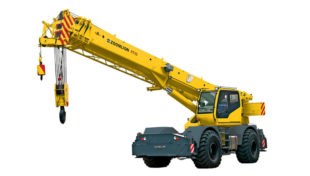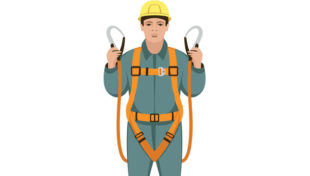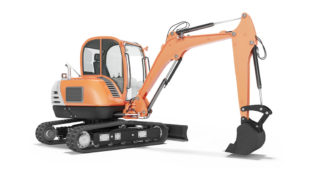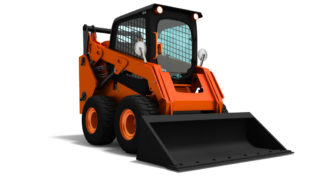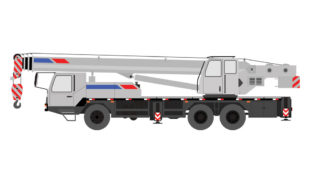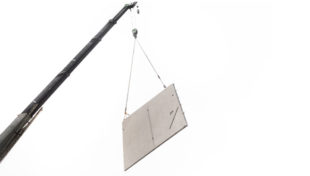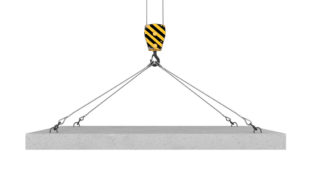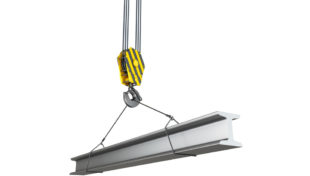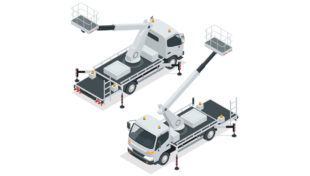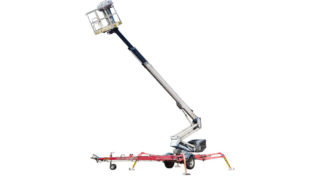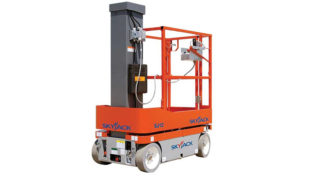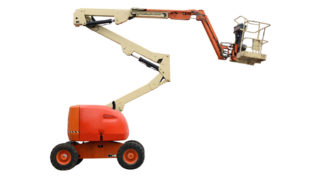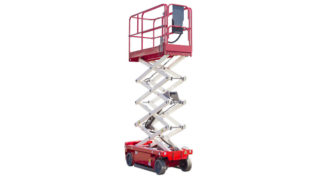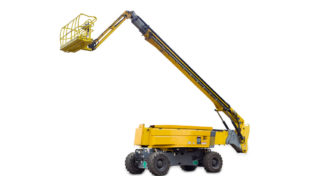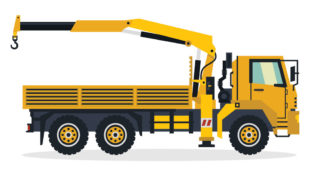Plant Operator Licence Verification of Competency
We offer VOC assessments across a range of nationally recognised qualifications for mobile plant such as scissor lifts, knuckle boom lifts, vertical lifts.
A Verification of Competency (VOC) is a method of assessment that assists employers to meet OHS requirements and ensure operators skills and knowledge is current, and the operator is competent to operate equipment or perform a task.
Employers are required to take reasonable practical steps to ensure workers operating mobile plant are competent, and meet the minimum legislative requirements by providing “suitable and adequate” training to protect persons from risks to their health and safety.
Undertaking a VOC assessment process for yourself, workers or employees is a time-efficient and cost-effective method of ensuring that the individuals can demonstrate “current competency”.
VOC assessments can only be undertaken by persons already holding a current ticket, licence or unit of competency, to verify that they are still competent to that standard by demonstrating their ability and knowledge required to operate plant or equipment.
Jack Australia offers VOC assessments specifically in relation to competency requirements for the operation of mobile plant. Our trainers have genuine industry experience and our high performing, knowledgeable team deliver reliable training solutions that will help keep you or your employees qualifications current.
Our belief is any development of a VOC’s assessment program should be developed to an equal standard as the VET unit of competency itself. VOC assessments provided by Jack Australia have been mapped to the unit of competency the VOC is being assessed against.
How Does A VOC Assessment Work:
Assessments are conducted by our trainers who are highly experienced industry experts.
Not all workers have been exposed often enough constantly applying their skills in a work environment, in this instance we would suggest re-sitting (refreshing) VET training course in question. This allows our trainers to identify the knowledge gaps, and focus training towards filling any gaps in knowledge that have been identified, and bring employees up to date with any changes to legislation, technology or changes to best practice procedures in the workplace.
However where a worker has maintained employment in this environment , and have had an opportunity to constantly apply their skills at work, the knowledge and skills acquired is easier for them to retain, and the original information delivered in the unit can be retained easier. Generally in this case, the worker would not need to be retrained and would simply be challenge tested by demonstrating key aspects of the unit of competency satisfactory demonstration of these key aspects would then allow for a Verification of Competency (VOC) assessment to take place.
Persons undertaking a VOC assessments must provide evidence of their existing competency, which may include a High risk licence issued by State or Territory governing body, if a High-Risk Work Licence is not required by legislation then either a Licence or Certificate of Competency issued under previous State or Territory legislation for which there is no longer a High Risk Work Licence required e.g. load shifting equipment; or Statement of Attainment or Certificate issued by a Registered Training Organisation (RTO) for the successful completion of the appropriate unit of competency in the Nationally Recognised Training (NRT) package; or evidence of formal VOC assessment against defined competency standards, must be held by the applicant.
To assess and document a person’s level of skill and knowledge using a VOC assessment method against defined competency standards in order to evaluate the person’s ability to carry out the relevant activity or works
Assessments are preferably held our at training facility in Riverstone, this will reduce the impact of productivity at work or on the job, however if required, and providing suitable equipment and training facility can be provided by you, training may be able to take place on the job or at your place of business. A VOC assessment includes knowledge testing and practical demonstration of skills.
Jack Australia offers VOC assessments for a range of machinery including:
- Elevating Work Platforms below 11 metre’s. Scissor lift, Knuckle Boom Lift, Vertical boom Lift.
- Elevating Work Platforms above 11 metre’s.
- Slewing Cranes (C2 – C6).
- Rigging Basic.
- Rigging Intermediate.
- Skid Steer Loader.
- Excavator.
Plant Operator Licence VOC Assessments Include:
Workers successfully demonstrating competency will be provided with a photo ID Card stating the VOC attained.
Workers who are unable to demonstrate competency will receive written feedback regarding the elements of competency that were lacking, and the nature of the gap training required prior to re-assessment.
We often counsel workers who are unable to demonstrate competency to re-sit the VET course in question.

